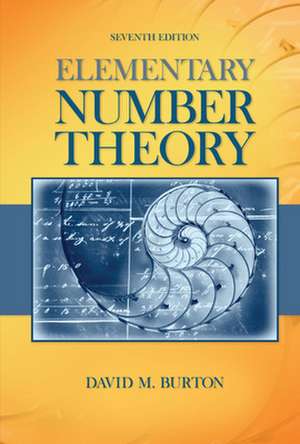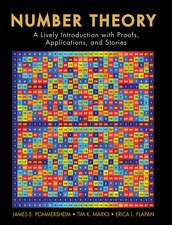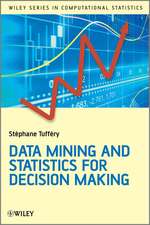Elementary Number Theory
Autor David Burtonen Limba Engleză Hardback – 16 feb 2010
Preț: 1322.67 lei
Preț vechi: 1453.49 lei
-9% Nou
Puncte Express: 1984
Preț estimativ în valută:
253.17€ • 275.09$ • 212.80£
253.17€ • 275.09$ • 212.80£
Carte tipărită la comandă
Livrare economică 21 aprilie-05 mai
Preluare comenzi: 021 569.72.76
Specificații
ISBN-13: 9780073383149
ISBN-10: 0073383147
Pagini: 448
Dimensiuni: 168 x 241 x 28 mm
Greutate: 0.84 kg
Ediția:7
Editura: McGraw Hill Education
Colecția McGraw-Hill
Locul publicării:United States
ISBN-10: 0073383147
Pagini: 448
Dimensiuni: 168 x 241 x 28 mm
Greutate: 0.84 kg
Ediția:7
Editura: McGraw Hill Education
Colecția McGraw-Hill
Locul publicării:United States







